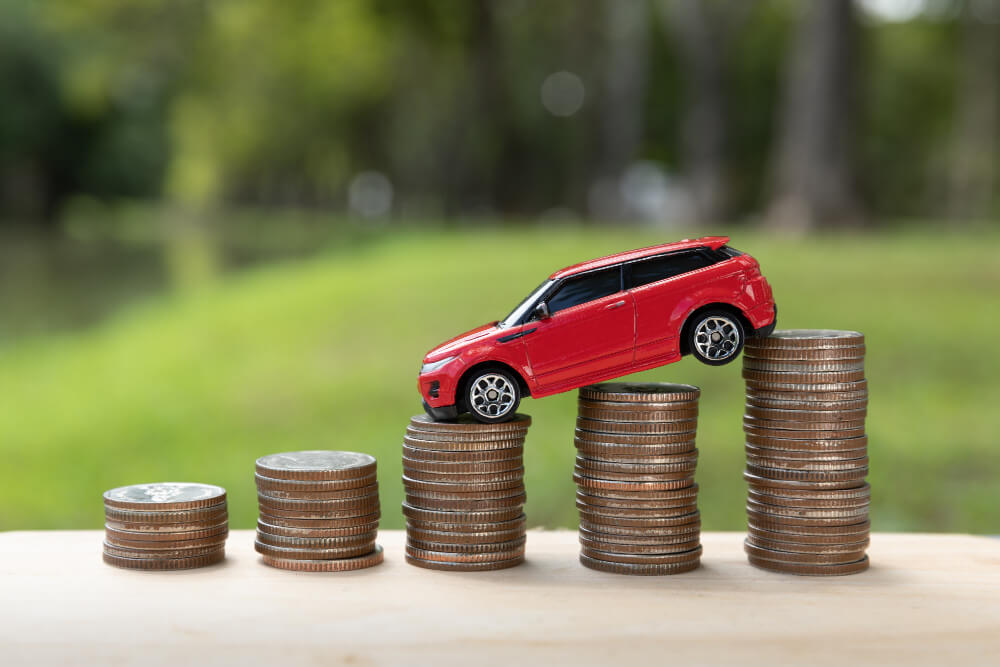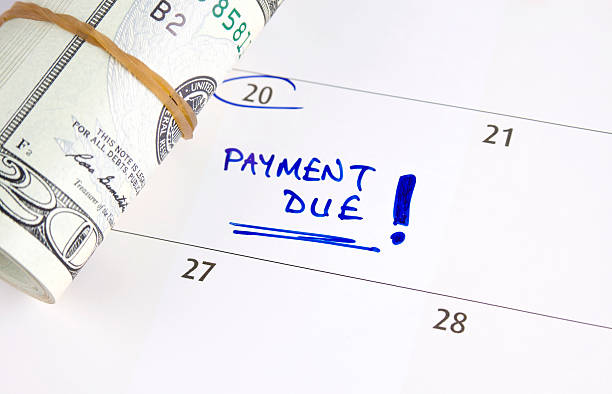What amount should be set aside for a car loan down payment?
You may be wondering whether a deposit is necessary and what percentage of the total loan amount it should be given because of the multitude of costs and fees related to a car loan.
What justification exists for a deposit?
Your agreement to pay a portion of the purchase price in advance on your auto loan, known as a deposit, lowers the total amount of the loan that still has to be repaid.
Your saving practices, which are seen favourably by lenders and banks, can also be shown through your deposits. By putting down a deposit, you lower the risk for lenders, who could then reward you with more enticing interest rates on your auto loan.
A deposit is not always required when it comes to auto loans. While some lenders may require a deposit, others can approve a loan without one, allowing you to borrow the full value of the vehicle. Poor credit, an outstanding vehicle loan, or particular lender deposit rules are examples of situations when a lender might require a deposit.
Lenders are going to evaluate your income, obligations, and outgoings when you apply for a car loan in order to determine how a loan might affect your budget because loan repayments should be in line with your financial capacity.

Is a deposit required?
Saving money for a deposit is not always necessary; the choice to have one is ultimately up to you. The majority of banks and lenders may approve a loan paying the full value of the car. Enquire about the requirement for a deposit for your specific loan when speaking with a finance professional about your auto loan.
If a deposit is necessary for your auto loan, the amount may depend on your ability to pay or other conditions imposed by the lender.
The typical down payment for a car loan might be between 10% and 20%. While any amount can significantly reduce your repayment and interest rates, aiming for a 20% deposit can be advantageous. A 20% deposit, though, can be out of reach for many people, especially if they suddenly find themselves in need of a new car.
Even when it’s not required, choosing to make a deposit can lower your overall payment. If you have bad credit, a greater down payment might increase the likelihood that your loan will be approved and provide you a better rate.
Despite a deposit not always being required, it can speed up loan approval and give you more control over how you manage your repayments. The advantages of making a deposit on your auto loan are numerous.
Gains from a deposit
The main benefit of a deposit is that it can reduce the size of your repayments, making them easier to manage. There will be less to repay if your deposit is higher because your loan would be smaller. Additionally, this results in a decrease in total interest paid and can shorten the length of the loan.
Your chances of being approved may increase if you have a saved deposit because it makes you seem more credible to lenders. Your capacity to save a deposit may be seen by lenders as a sign that you are more likely to repay your loan. Additionally, making a deposit can result in a loan with a cheaper interest rate, which would result in significant long-term savings.
Saving up a deposit, if you can, can be very advantageous. However, there are possibilities with lenders who don’t require a deposit if you need a car right away.
The choice of making a deposit frequently depends on your particular financial situation. Although it can take some time to save for a deposit and isn’t necessarily necessary for a car loan, doing so could result in significant savings on your loan.








